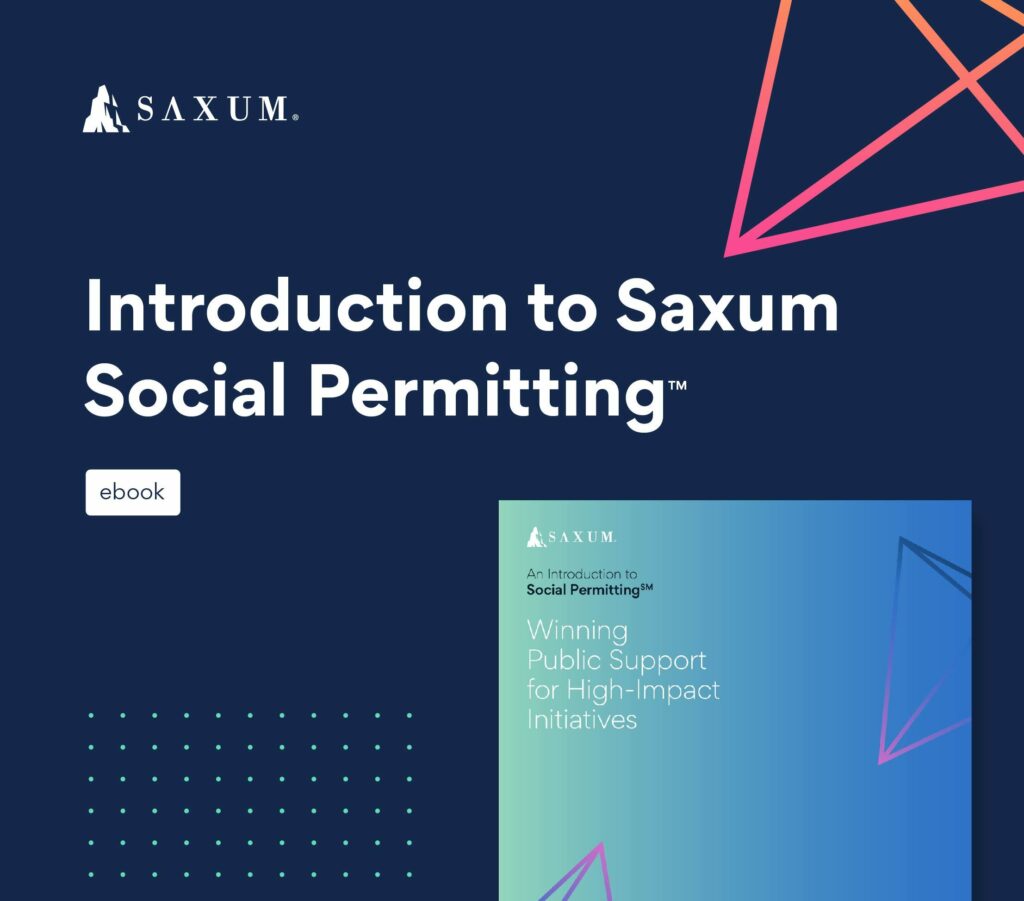The Differences between Social License to Operate and Social Permitting

Social License to Operate (SLO of Social License) and Social Permitting both involve how organizations gain community acceptance for their infrastructure projects. Yet, each approaches the idea of gaining support and trust differently. Below are the major differences between a Social License and Social Permitting.
Main Difference Between Social License and Social Permitting
The largest difference between a Social License and Social Permitting is preparation prior to an infrastructure project. One way to think of SLO is to remember the phrase, “It’s better to beg for forgiveness than ask for permission.” In the SLO model, an entity proceeds with a course of action rather than wait for approval. Companies earn trust from community stakeholders over time through ethical business practices.
In contrast, Social Permitting is a proactive approach that engages with the community, listens to feedback, and secures support for a project before its implementation.
Ultimately, going through a discovery process to identify community concerns builds resilience into a project, something that typically doesn’t occur with SLO.
Cost Savings
Social Permitting often leads to massive cost savings for organizations. By engaging the community and stakeholders at the beginning stages of an infrastructure project, organizations can save money by avoiding the following:
- Project Delays. Social permitting allows organizations to get the public, financial, and government support they need for their projects before implementation, resulting in on-time completion.
- Expensive Litigation. Companies who press full-steam ahead with an infrastructure project without securing support risk offending key stakeholders that land them in civil court.
- Project Changes. The discovery process that goes into Social Permitting gives companies the opportunity to make data-driven decisions about their project, greatly reducing the probability of project changes.
- Lost Opportunities. Often, organizations that take the SLO route never gain the trust of the public and are forced to abandon their projects. Social Permitting ensures that stakeholders and the community are in agreement as the project moves forward.
Internal vs. External Strategies for Building Trust
Building trust with stakeholders and the community is critical for a successful infrastructure project. Another major difference between SLO and Social Permitting is the strategies each uses to build relationships with the community and stakeholders.
The SLO approach tends to focus far more on internal strategies. For example, companies that take this approach often focus on how the public sees their actions.
They implement continuous evaluations of internal practices in waste, human resource, and supply chain management. SLO has become somewhat synonymous with Corporate Social Responsibility (CSR).
In contrast, Social Permitting focuses on engaging stakeholders and the community in a very proactive way to build trust.
Some tactics for building trust in the Social Permitting approach include hosting open houses, providing educational content, holding meetings with landowners, and creating email and text campaigns to share information. Social Permitting also employs transparent, grassroots methods to educate the community and stakeholders about a project.
Although both SLO and Social Permitting are important strategies for companies to embrace, working proactively and directly with the public via Social Permitting is more appropriate for the advancement of most infrastructure projects.
Sources:
https://www.investopedia.com/terms/s/social-license-slo.asp
https://ethics.org.au/ethics-explainer-social-license-to-operate/
Win Public Support for Your Initiative
Learn how to gain trust from key stakeholders through social permitting.
- Learn how to protect your reputation and move your project forward.
- Get community support so your project is a success.
- Gain the insights you need to create powerful change in our digital age.










